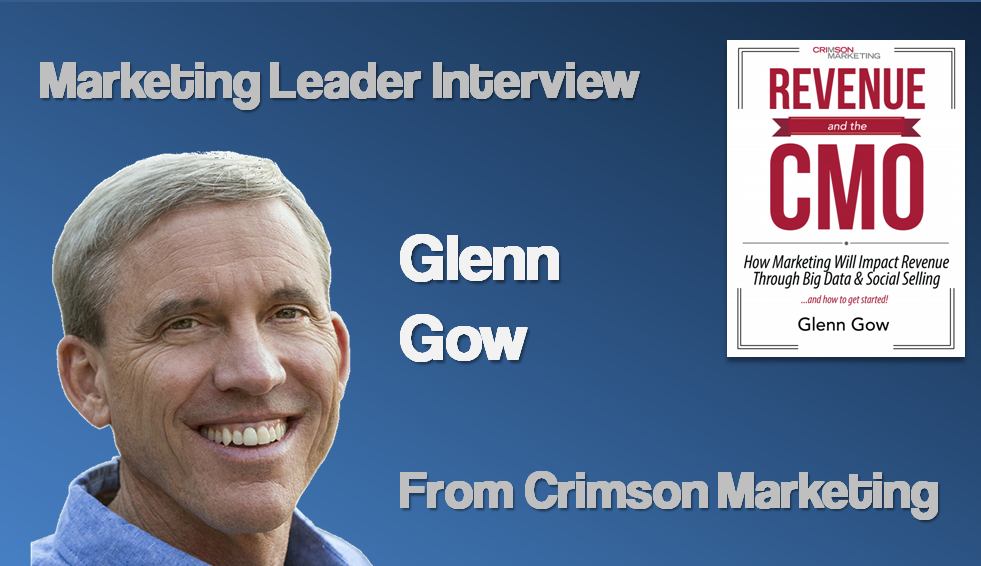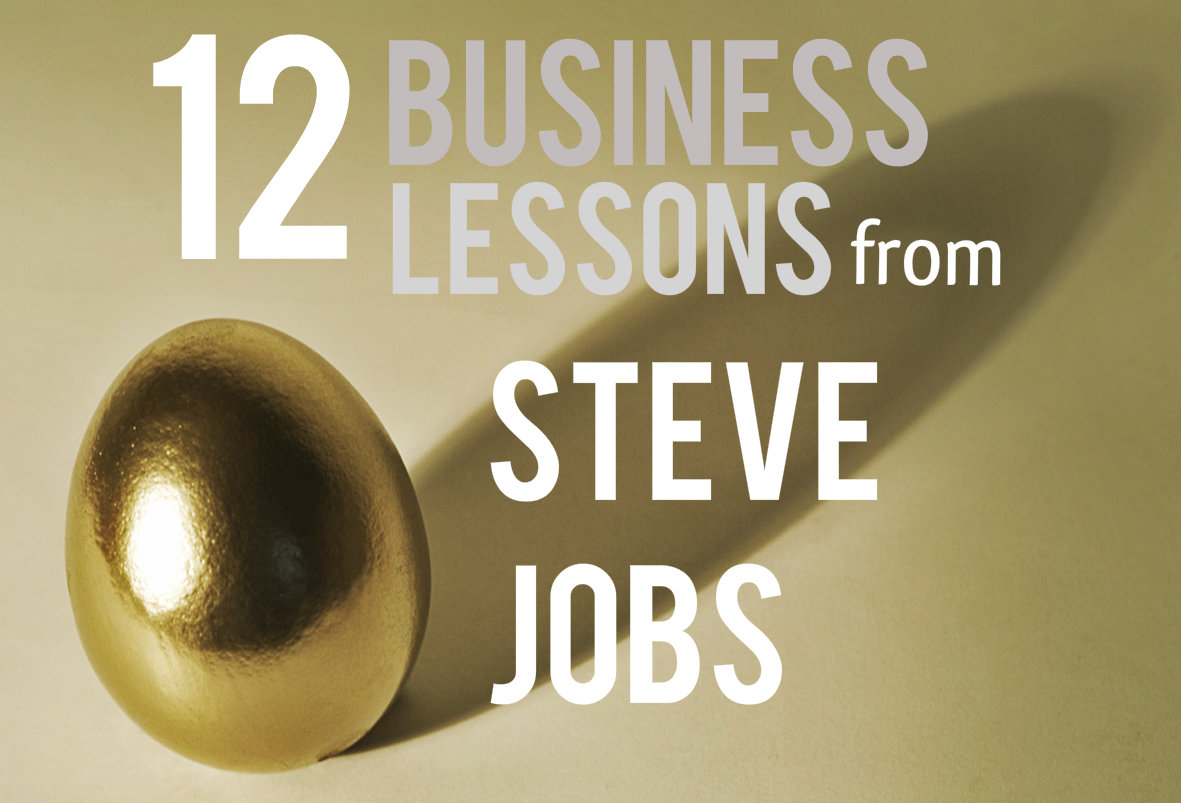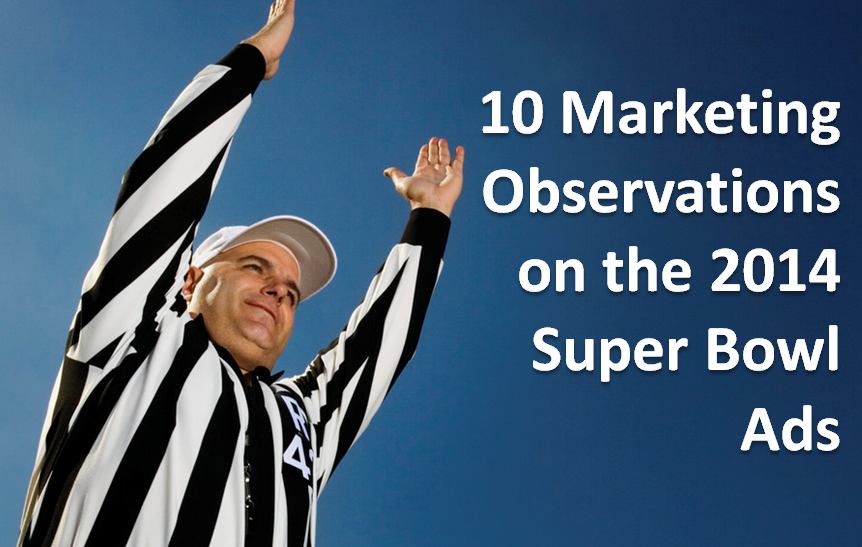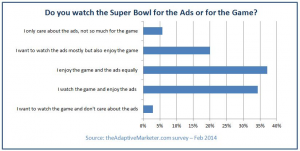Glenn Gow founded Crimson Marketing, a technology marketing firm, in 1991 which became one of Inc 500 fastest growing companies. You can get his book Revenue and the CMO via Kindle. I particularly enjoy his posts on #BadMarketing which play fun at common mistakes we marketers often make, which mirrors some of my own posts on this blog.
What company is an example of good marketing today? Who do you admire?
Cisco. They are extremely focused on understanding their buyers and making it easy for them to buy from Cisco. They are constantly studying their buyers and what is important to them. In addition, they track the buyers’ journey to an exceptional degree. Impressive. Continue reading “Marketing Leader Interview with Crimson Marketing’s Glenn Gow”










